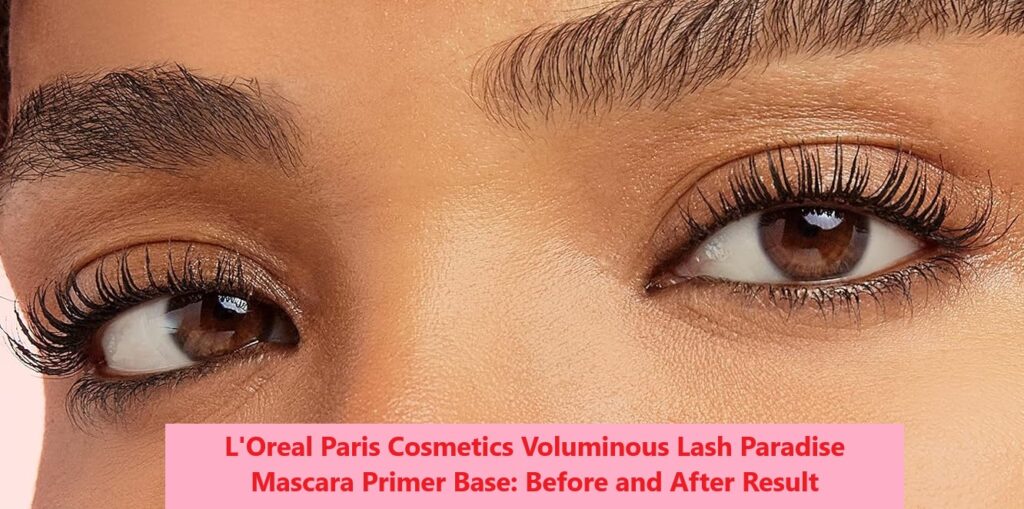Mascara is usually a daily, all-in-one kind of makeup routine—the one-size-fits-all product includes all eyelash beautifying qualities in terms of volume, length, and definition. But, of course, then the question is: How does mascara look when applied properly? Considering how many formulas, brushes, and methods there are, this is the most important question of all. Let’s dive into the details to understand the ideal appearance of mascara and how to achieve it.
Defining the Perfect Mascara Look
Natural and Enhanced
The objective with mascara is to add definition and fullness to the lashes and make them long—basically, without looking overdone. Perfect mascara application should leave you with your natural but enhanced lashes, each one clearly separated from the other, thus leading to your eyes looking open and inviting.
No Clumps or Flakes
However, it should be applied in a way that does not make the lashes stick together as clumps or even fall off in flakes. Clumps can make your lashes look too thick and may stick together to give your lashes the appearance of being ‘messy’ or ‘spidery.’ On the contrary, they can fall under the eye or onto the cheek, hence making your makeup look untidy. Appropriate to the Occasion By these words, the day mascara might have a formula that could tend toward something less obvious, like lengthening and separating the lashes, very clearly giving a clean and professional look.
For the evening or special occasions, surely, volumizing mascara will be needed to give a more bold and dramatic effect. The key here is to choose mascara that enhances the lashes in a way that fits the overall makeup setting.


Achieving the Perfect Mascara Look
Selecting the Right Formula and Brush
Choosing the right mascara involves considering the formula and the brush shape. For instance, a curved brush can help curl lashes, while a thicker brush is ideal for adding volume. Waterproof formulas are excellent for long wear or in humid conditions, but they require a suitable makeup remover to avoid damaging your lashes. The formula, as well as the shape of the brush, are contributory to the choice of mascara to be applied. An example is the kind of curved brush that helps curl the lashes, whereas another is to add volume to make the lashes look fuller.
Waterproof formulas are best for those days when you require your makeup to stay on for a long time or in humid conditions. Though don’t forget to use an eye makeup remover suitable for removing waterproof mascara without hurting your lashes.
Application Technique
- Start From base: Place your mascara wand right at the base of your lashes to jiggle it and for adding more product at the roots.
- Sweep Upwards: Gently pull the wand through your lashes to the tips, ensuring each lash is coated.
- Use a Zigzag Motion: This helps separate the lashes and prevent clumps.
- Apply more than one coat: If you need to increase the volume or length with mascara, apply another coat to the lashes. Always remember to wait several seconds between coats so that they do not clump up.
Mascara Cocktailing: Try Layering your mascara.
Cleanup and Separation
In case of clumps, tidy up softly using a lash comb or clump cleaner. Use a cotton swab with a bit of makeup remover on it to clean up any smudges or flakes around your eyes.
Consider Lash Health
Regular use of mascara can have your lashes dried out, so condition them with an appropriate lash conditioner or use a lash primer to stay healthy and strong. To avoid damage or loss, the mascara should be removed gently with quality makeup remover.
Conclusion
The perfect mascara look is well-defined, long, full, and precise lashes without any clumps or flakes. This is all about selecting the right product for your lash type and desired effect, mastering the application technique, and keeping your lashes in good health. Beautiful, comfortable, and long-wearing mascara is easy to achieve with the right tools and practice.

